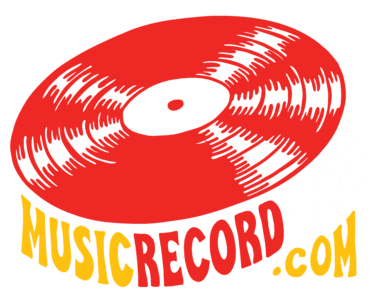Deep Dive into Vinyl Record Grading: A Guide for Every Collecto

Are you a vinyl record enthusiast looking to deepen your understanding of how to grade your beloved collection? Whether you're a seasoned collector or just starting, getting to grips with the nitty-gritty of vinyl record grading can seem daunting. But fear not! This guide is designed to break down the complexities into bite-sized, easy-to-understand pieces, helping you become a savvy collector who knows exactly what to look for and why it matters.
Understanding Vinyl Record Grading: The Basics and Beyond
At its core, vinyl record grading is about assessing the condition of your records. Think of it as a health check-up for your vinyl, determining how well it's aged and what kind of listening experience you can expect. Here's how you can get started:
Look Closely: Begin with a visual check. Look for any scratches, marks, or blemishes on the record's surface. Even minor scratches can affect the sound, so it's essential to be thorough.
Listen Up: The actual test of a record's condition is how it sounds. Play the record from start to finish, listening for skips, pops, or hisses. These can indicate damage or wear.
Check the Sleeve: Remember the record's cover and inner sleeve. These can also show signs of wear, like ring marks, tears, or bends, affecting the record's collectible value.
Going Deeper: Advanced Tips for Grading Your Vinyl
Once you've got the basics down, you can dive deeper to understand the finer points of grading:
Magnifying the Details: A magnifying glass can help spot finer details in the record's grooves. This can reveal subtle signs of wear you might miss with the naked eye.
Understanding Pressings: The value of a record can also depend on its pressing details. Limited editions or original pressings are often more valuable. Look for unique identifiers, like special markings or numbers, that can give clues about the record's origin.
The Sound Check: Listening to the record on a good-quality turntable is crucial if you're serious about grading. This can help you catch any audio issues that might not be visible.
Making It Simple: Layman's Terms for Vinyl Grading
To keep things straightforward, here's how you can think about record grading in everyday language:
Mint (M): Perfect. It's like the record just left the factory: no marks, wear, or problems.
Near Mint (NM): Almost perfect. It could have been played a few times, but it's been well cared for.
Very Good Plus (VG+): A minor wear, but nothing that would spoil your listening experience. This is a solid grade for most collectors.
Very Good (VG): You'll see some signs of life here. The record has been played and enjoyed, so there might be some noise, but it still plays well.
Good (G), Fair (F), and Poor (P): These records have seen better days. Expect significant wear, noise, and maybe even some skips.
Understanding the condition of your vinyl records is crucial for several reasons:
Value: The better the condition, the more valuable the record. If you're considering selling, grading helps you set a fair price.
Enjoyment: A well-graded record ensures a better listening experience, free from unexpected pops or skips.
Collection: Knowing the grades of your records helps you manage your collection, identifying which ones need extra care or which you might want to upgrade.
Tips for Every Collector
Here are some final tips to help you master vinyl grading:
Practice Makes Perfect: The more you grade, the better you'll get. Start with your collection and compare your assessments with online guides or fellow collectors.
Stay Organized: Keep track of the condition of your records. This can be as simple as jotting down notes or as detailed as a digital database.
Learn Continuously: The world of vinyl is vast and varied. Stay curious, read up, and engage with the community to keep learning and refining your grading skills.
Conclusion: Your Vinyl Grading Journey
By embracing the art of vinyl record grading, you're not just preserving your collection but enhancing your enjoyment and appreciation of this timeless medium. Whether you're assessing a garage sale find or a cherished heirloom, understanding grading helps you make informed decisions, ensuring each record is a worthy addition to your collection.
Remember, collecting vinyl is a personal journey that's as much about the music and memories as it is about the physical records. So, arm yourself with knowledge, trust your senses, and dive into the rewarding world of vinyl collecting with confidence and joy. Happy collecting!

